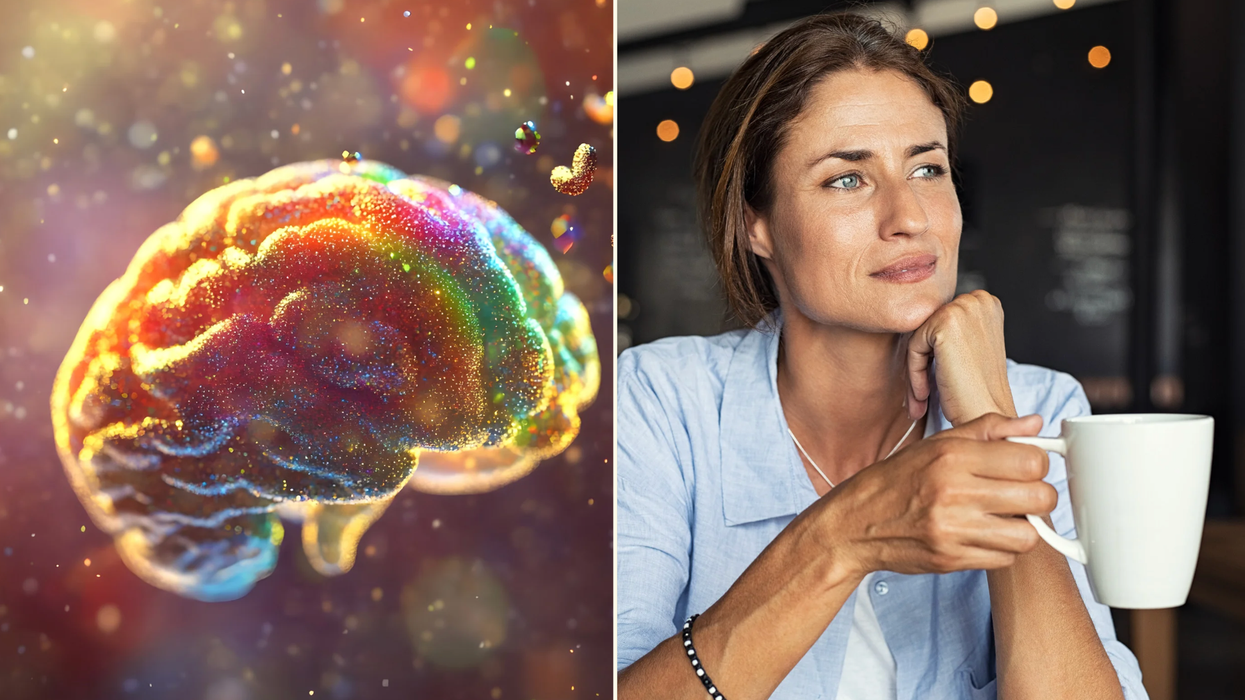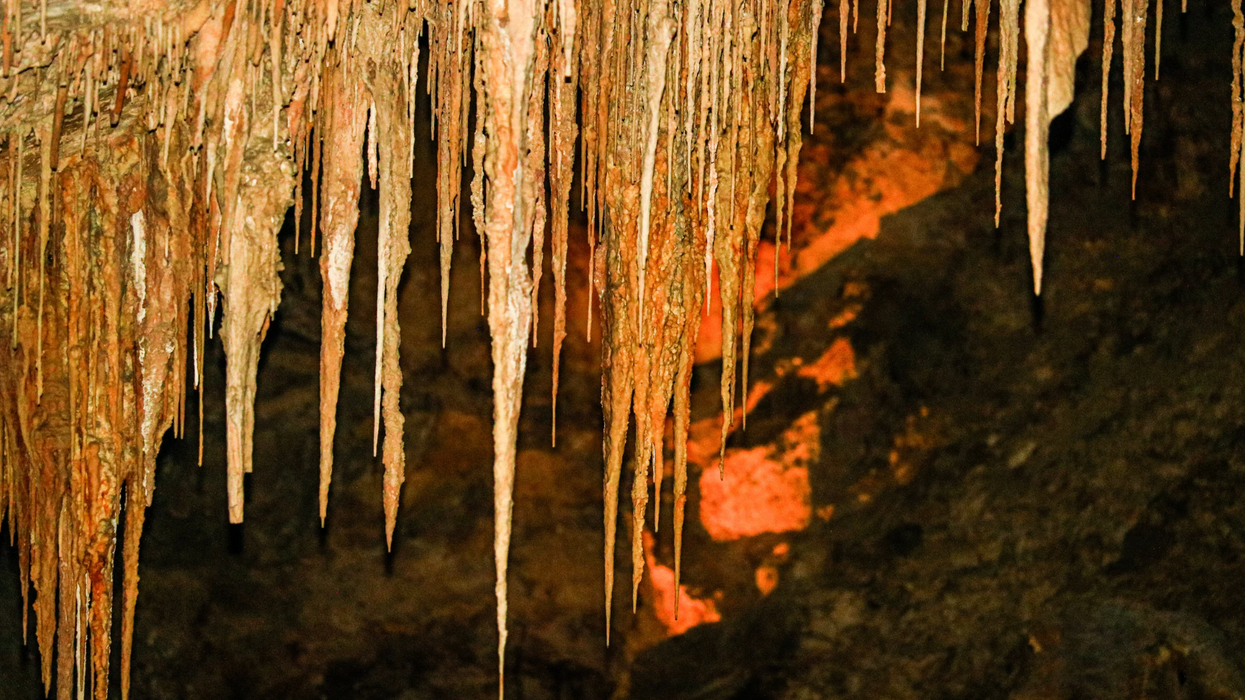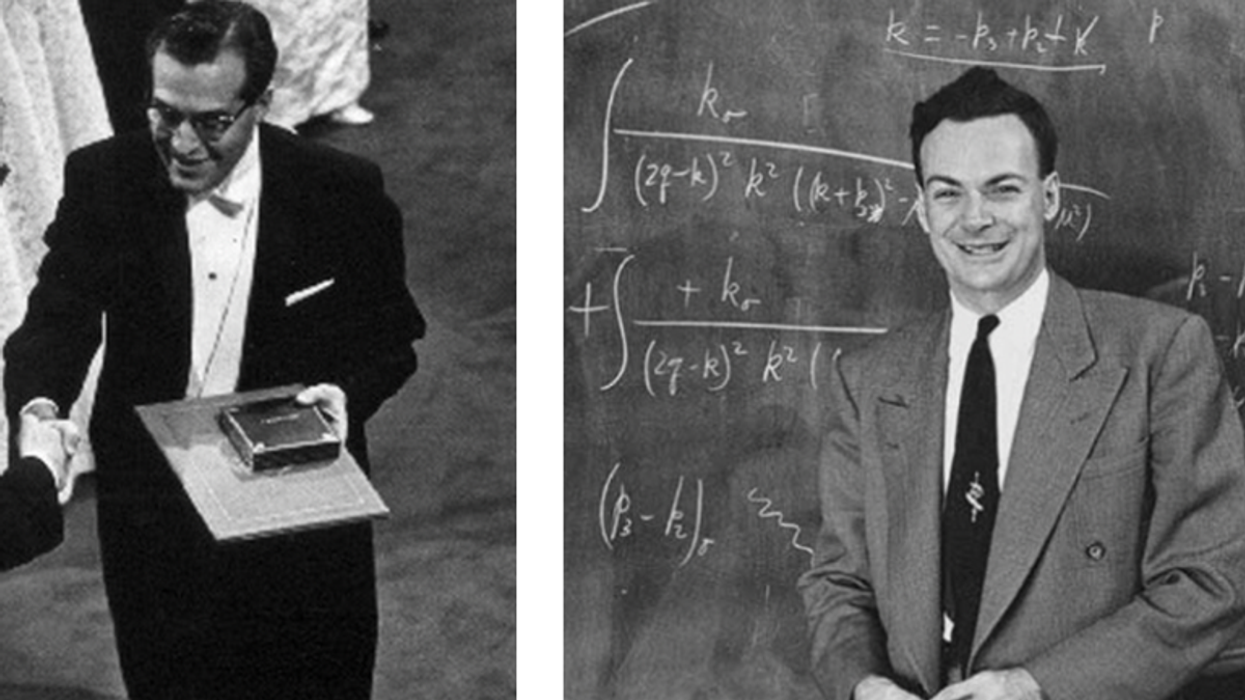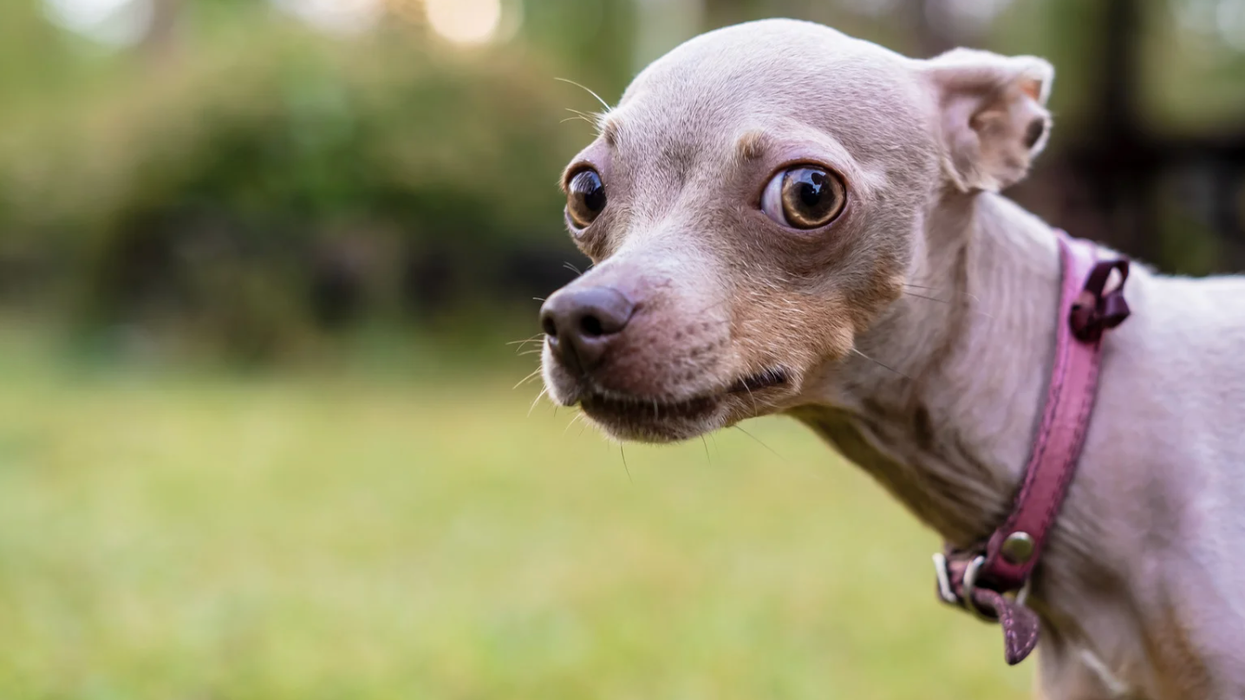This post is in partnership with Intel
Thanks to the internet, it’s not roads that connect our community, it's our interests. And through the power of social media, we're able to connect people from around the world with important causes, mobilize to crowdsource ideas, and sync our digital social behaviors with real world ones. There are many approaches to community building, whether it's building up your community of followers on Twitter or helping people on Found It!, a digital lost-and-found that reunites users with lost items. Here’s some companies we think are building communities and doing good, all while using social media.
1) When your community hits the road
Nothing brings people together quite like traffic. At one point or another everyone is going to experience it, but rather than succumbing to road rage, try outsmarting it with Waze.
A community-driven traffic monitoring service, the Waze app can be accessed anywhere through an iPhone, Android or Blackberry app. It offers turn-by-turn navigation, but also brings you the convenience of real time information on what streets to avoid based on reports from others in the Waze community. The maps are updated through GPS points of drivers, allowing real time updates of traffic, streets and street names. (The last thing you should be doing while driving is using your cell phone, so while the live maps are completely user generated, they're done passively as the driver has the application open).
Community members can change and update road names and distances and take note of speed traps or construction. They can also take photographs of what they see along the road, whether it's a car accident or light out, to warn other drivers of what's ahead. (Of course, for safety these features are disabled when the vehicle is actually in motion).
As a crowdsourced community platform, the service only works if people participate. Since 2006, Waze's community of more than 10 million has created 25 million traffic reports, meaning community members are not just looking out for themselves.
2) Dinner with friends
Foursquare was one of the first social media platforms that allowed you to break the digital wall between your online life and your real life. By allowing people to know where you were, what you were up to, and who you were with, Foursquare makes it easy to meet up with your friends and sync up events and meet-ups. And now, after joining forces with OpenTable, Foursquare is using social media to make getting together even easier.
Prior to this partnership, Foursquare already allowed users to browse restaurant menus and hours; with the addition of OpenTable, users can put that information to good use and bring together friends and family with a one-click reservation system through Foursquare’s desktop site. By making social media a tool for real life sharing, it’s that much easier to gather together good friends for a good meal.
3) What's cooking
A poverty awareness campaign from the Global Poverty Project, Live Below the Line challenges people to spend five days living on $1.50 or less of food per day. Each year, Live Below the Line issues the challenge to people in the United States, United Kingdom, Australia and New Zealand to experience what life is like for the 1.4 billion people who live in extreme poverty today.
They utilize social media in a smart way by tapping into one of the internet's omnipresent topics: food. But instead of the usual buzzy back-and-forth about the latest trendy restaurant or exotic dish, participants swap and share meal ideas, getting people to post pictures and stories to reach more people in their networks, and also creating food photo albums to share and add to on Facebook.
To further promote the message across the towns of America, participants are encouraged to share their Live Below the Line profile with their social networks to encourage donations in support of their week. Alternatively, participants can band together in groups of five to raise money as a team for several organizations including UNICEF, Malaria No More, and Project Medishare. With a modest number of Facebook followers (about 5,000) and Twitter followers (about 2,000), U.S. participants were able to raise more than $100,000 in 2011 alone.
4) Water for All
For most, quenching thirst is as easy as turning on the tap and filling a glass until it's full. But for one billion people, a sip of clean, safe water means walking miles to wait in line at a well for hours before they can fill a bucket.
Not having access to clean, safe, and easily obtainable water is a global problem. But thanks to organizations like charity:water, people are coming together to help ease the water crisis.
Through a personalized mycharity:water site, users can set up profiles and work to raise donations through several activities. Whether you’re a runner, cyclist or just a gift-giver in need of a meaningful birthday present, mycharity:water allows you to raise money to fund water projects for communities in need.
Using your social media networks to spread the word of your profile, you can easily ask your friends and family to donate on your behalf the next time you run a marathon, participate in a race or celebrate a birthday. 100 percent of the money raised goes directly to water project costs, including cement, pump heads and pipes. So far more than $13 million has been raised for water projects serving more than 700,000 people. By sharing donation campaigns with an online community, these numbers can continue to grow.
5) From Trash to Treasure
Items you no longer want don’t have to be destined for a landfill; thanks to Freecycle after you’re done with your TV, chair, or other family-friendly item, they can continue living their life with someone else in your community.
Freecycle, began in 2003 as a way for non-profits in Tucson, Arizona to give and get items. Today, the Freecycle network exists in more than 85 countries with thousands of local groups open to everyone. Essentially a large social network, local groups allow users to request items they want or post ones to give away, and as the name implies, everything is free. This give-and-get scenario helps keep over 500 tons a day out of landfills.
One of the unique regulations of Freecycle is there is no trading allowed—it’s simply giving and receiving with no strings or deals attached. Their gifting movement enables members to benefit from the strength and resources of a larger community – and also reduce what’s sitting in their closet.
Images via Waze, Foursquare, Live Below the Line, mycharity:water, Photo via (cc) Flickr user P373
 With support from our partner Intel, GOOD brings your stories about the innovations and big ideas at the intersection of creativity and technology. Follow the conversation on Twitter at #IntelAlwaysOn.
With support from our partner Intel, GOOD brings your stories about the innovations and big ideas at the intersection of creativity and technology. Follow the conversation on Twitter at #IntelAlwaysOn.















 Otis knew before they did.
Otis knew before they did.